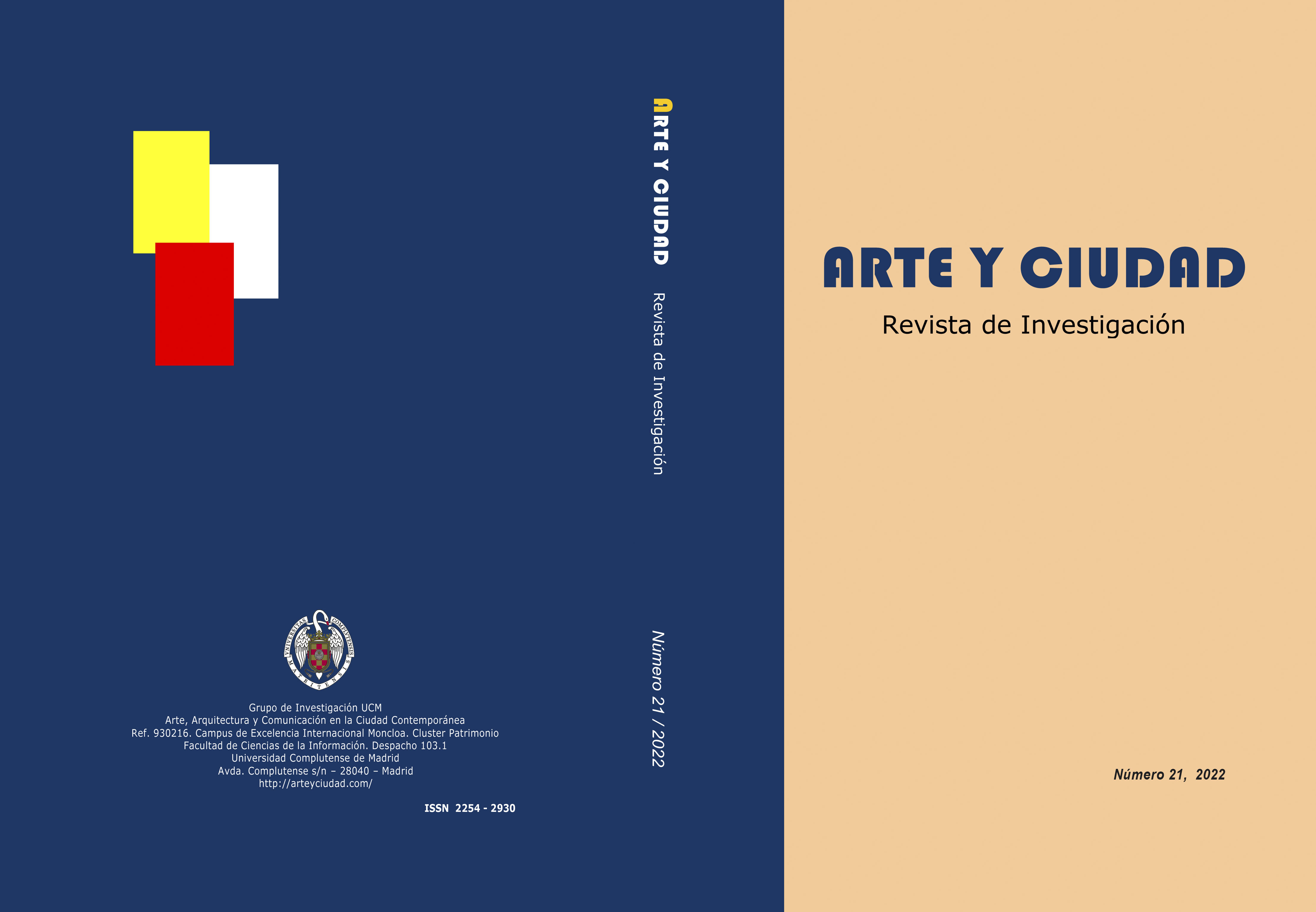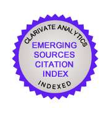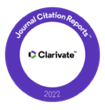Polos culturales integrados: Museums Quartier (Viena) y Real Albergo dei Poveri (Nápoles) o la transformacióon de iconos periféricos en centros cívicos de gran escala
DOI:
https://doi.org/10.22530/ayc.2024.26.744Palabras clave:
MuseumsQuartier, Real Albergo dei Poveri, crisis, periferia, escala, reprogramaciónResumen
Existen arquitecturas del pasado que, aún hoy, siguen articulando la ciudad con su presencia, pero están pendientes de actuaciones que les otorgue un papel funcional en la ciudad contemporánea. Los programas que las dieron su razón de ser en el origen, en ciertas ocasiones, han quedado obsoletos y esto conduce a una importante crisis donde construcciones representativas se ven vacías de cualquier actividad. Estos acontecimientos sí se han ido encarando con diferentes estrategias tanto en las zonas centrales como en las periféricas a los núcleos urbanos, pero todavía se localizan ejemplos que están necesitados de soluciones responsables, más allá de posibles demoliciones. MuseumsQuartier, en Viena y el Real Albergo dei Poveri, en Nápoles son ejemplos, uno plenamente operativo y otro en proceso de transformación, que revelan estas realidades conflictivas. En ambos casos se hace necesaria una reflexión en torno a los programas que pueden acoger, propios de la sociedad de nuestro tiempo, la adaptación tipológica derivada de esos cambios de función y la problemática de la gran escala de cada uno de estos símbolos. Estos procesos estudiados revelan la flexibilidad y los valores singulares que el patrimonio puede aportar en la definición del espacio público actual. La construcción de nuestra ciudad pasa, también, por estas obras complejas y frágiles.
Citas
ABFALTER, Dagmar, PIBER, Martin (2016): “Strategizing Cultural Clusters: Long-Range Socio-Political Plans or Emergent Strategy Develop-ment?”. The Journal of Arts Management, Law, and Society. Washington, 46, 4, pp. 177-186.
ASCOLESE, Marianna, CALDERONI, Alberto, CESTARELLO, Vanna (2018): Anaciclosi. Sguardi sulla città antica di Napoli. Quodlibet. Macerata.
BUEY, Mª (2019): “¿Por qué no se salvó “La Pagoda” de Fisac del derri-bo?”. ICON design: https://elpais.com/elpais/2019/07/05/icon_design/1562328957_375388.html. Acce-so 15 de junio de 2024.
CAMPANILE, Nicola (2020): “Per una necessità del luogo del lavoro: la fa-bbrica dei Granili di Ferdinando Fuga”. Bloom. Napoli, 30, pp. 87-93.
COCKETT, Richard (2024): Viena: la ciudad de las ideas que creó el mundo mo-derno. Pasado & Presente. Barcelona.
D´ARIENZO, Roberto (2019): I resti della città. Napoli e la metabolizzazione delle cose e dei luoghi (XIX e XX secolo). Mondadori Bruno. Milano.
DE LUCA, Ciro (2020): “Italia comienza a demoler las “Velas” de Scampia, símbolo de la Camorra”. El Mundo https://www.elmundo.es/internacional/ 2020/02/20/5e4ee606fdddff289b8b45f2.html. Acceso 20 de junio de 2024.
DÖBERL, Mario (2016): “The Royal and Imperial stables of the Austrian Habsburgsduring the Early Modern Period: a general survey with specif-ic reference to the Spanish influence”, en ARANDA DONCEL, Juan, MAR-TÍNEZ MILLÁN, José (ed.). Las Caballerizas Reales y el mundo del caballo. Li-topress, Córdoba.
FERNÁNDEZ-GALIANO, Luis (2002): “Viena, las caballerizas del ar-te”. Arquitectura viva: https://arquitecturaviva.com/articulos/viena-las-caballerizas-del-arte. Acceso 3 de marzo de 2024.
FEUERSTEIN, Christiane (2014): “More than Building Regeration: The Shift Towards Gentle Urban Renewal in Vienna”, en SCHUBERT, Dirk (ed.). Comtemporary Perspectives on Jane Jacobs. Reassesing the impacts of an Urban Visionary. Ashgate, Burlington.
GIUSTO, Rosa Maria (2018): “Riconvertire gli edifici storici. Il Complesso di San Michele a Ripa Grande a Roma e il Reale Albergo dei Poveri a Napo-li”. Boletín de Arte-UMA. Málaga, 39, pp. 113-124.
GOTTFRIED-RUTTE, Margaret (2001): Das Wiener Kaiserforum: Utopien zwischen Hofburg und MuseumsQuartier. Imperiale Träume und repub-likanische Wirklichkeiten von der Antike bis heute. Bohlau Verlag. Wien.
GUERRA, Andrea, MOLTENI, Elisabetta, NICOLOSO, Paolo (1995): Il trionfo de-lla miseria. Gli alberghi dei poveri di Genova, Palermo e Napoli. Electa. Mila-no.
GYURKOVICH, Mateusz (2012): “Impact of multipurpose culture spaces on postindustrial european cities. A: Conference of the International Forum on Urbanism”. 6th Conference of the International Forum on Urbanism (IFoU): TOURBANISM, Barcelona, 25-27 gener. Barcelona, pp. 113-124.
HERNÁNDEZ MARTÍNEZ, Pedro (2017): “El ocaso de Robin Hood Gar-dens”. ARQUINE: https://arquine.com/demolicion-robin-hood-gardens/. Acceso 20 de junio de 2024
JOVANOVIC, Milos (2019): “Whitewashed empire: Historical narrative and place marketing in Vienna”. History and Anthropology. 30,4, pp. 460-476.
KOOLHAAS, Rem (2022): Countryside. A report. Guggenheim - Taschen. Nue-va York.
MORICOLA, Giuseppe (1994): L´industria della carità. L´Albergo dei poveri nell´economia e nella società tra ´700 e ´800 . Liguori. Napoli.
MUSELLA GUIDA, Silvana (2012): “The Business Organization of the Bourbon Factories. Mastercraftsmen, Crafts and Families in the Capodimonte Porcelain Works and the Royal Factory at San Leucio”. California Italian Studies. 3,1, pp. 1-31.
PANE, Giulio, VLADIMIRO, Valerio (2001): La città di Napoli tra vedutismo e cartografia. Piante e vedute a stampa dal XV al XIX secolo. Grimaldi & C. Napoli.
PETCU, Elizabeth J. (2013): “Review of J. B. Fischer von Erlach: Architecture as Theater in the Baroque Era”. Architectural Histories. Princeton, 1(1):4, pp. 1-3.
ROSSI, Roberto (2018): “Poor government and work organisation in the real albergo dei poveri of palermo: a bio-political experiment in bourbon-sicily (eighteenth–nineteenth centuries)”. De Computis – Revista Española de Historia de la Contabilidad. Sevilla, 15(1), pp. 51-73.
ROSSI, Roberto (2020): “To contain and control: work organization and poor government in the Hospicio de Pobres of Mexico City and Real Albergo dei Poveri of Palermo in eighteenth century”. Mediterranea. Palermo, 48, pp. 171-198.
SIMAL LÓPEZ, Mercedes (2008): “El Palacio de España en Roma a través de los dibujos de Ferdinando de Fuga y José de Hermosilla”. Archivo Español de Arte. Madrid, LXXXI, 321, pp. 31-48.
VV.AA. (2006): a_schau. Architektur in Österreich im 20. und 21. Jahrhundert. Architekturzentrum Wien - Birkhäuser Verlag. Basel.
VV.AA. (2021): World Culture Districts: Spaces of the 21st century. VFMK Verlag für moderne Kunst. Vienna.
WEHDORN, Manfred (2001): “Social and Economic Integration of Cultural Heritage in Austria From Past to Presence: The Widening of the Term "Preservation of Monuments and Sites”. ARCCHIP (ADVANCED RE-SEARCH CENTRE FOR CULTURAL HERITAGE INTERDISCIPLINARY PROJECTS) workshop, Prague, pp. 1-9.
Descargas
Publicado
Cómo citar
Número
Sección
Licencia
Derechos de autor 2025 ARTE Y CIUDAD. Revista de Investigación

Esta obra está bajo una licencia internacional Creative Commons Atribución-NoComercial 4.0.











